Travel Report Croatian Coast by Ullrich H. Angersbach: Between Adriatic Blue and Ancient Stones
Why the Croatian Coast?
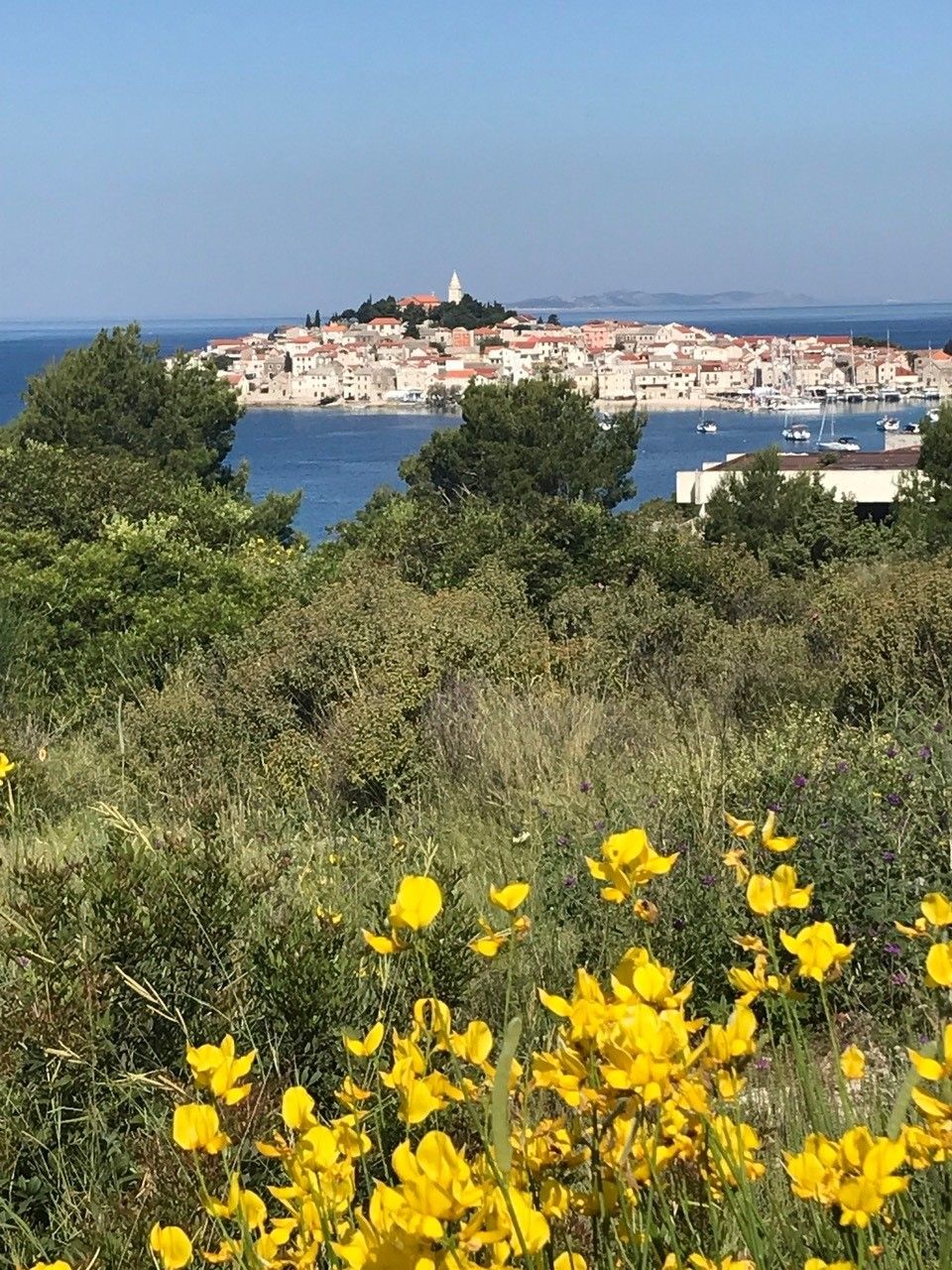
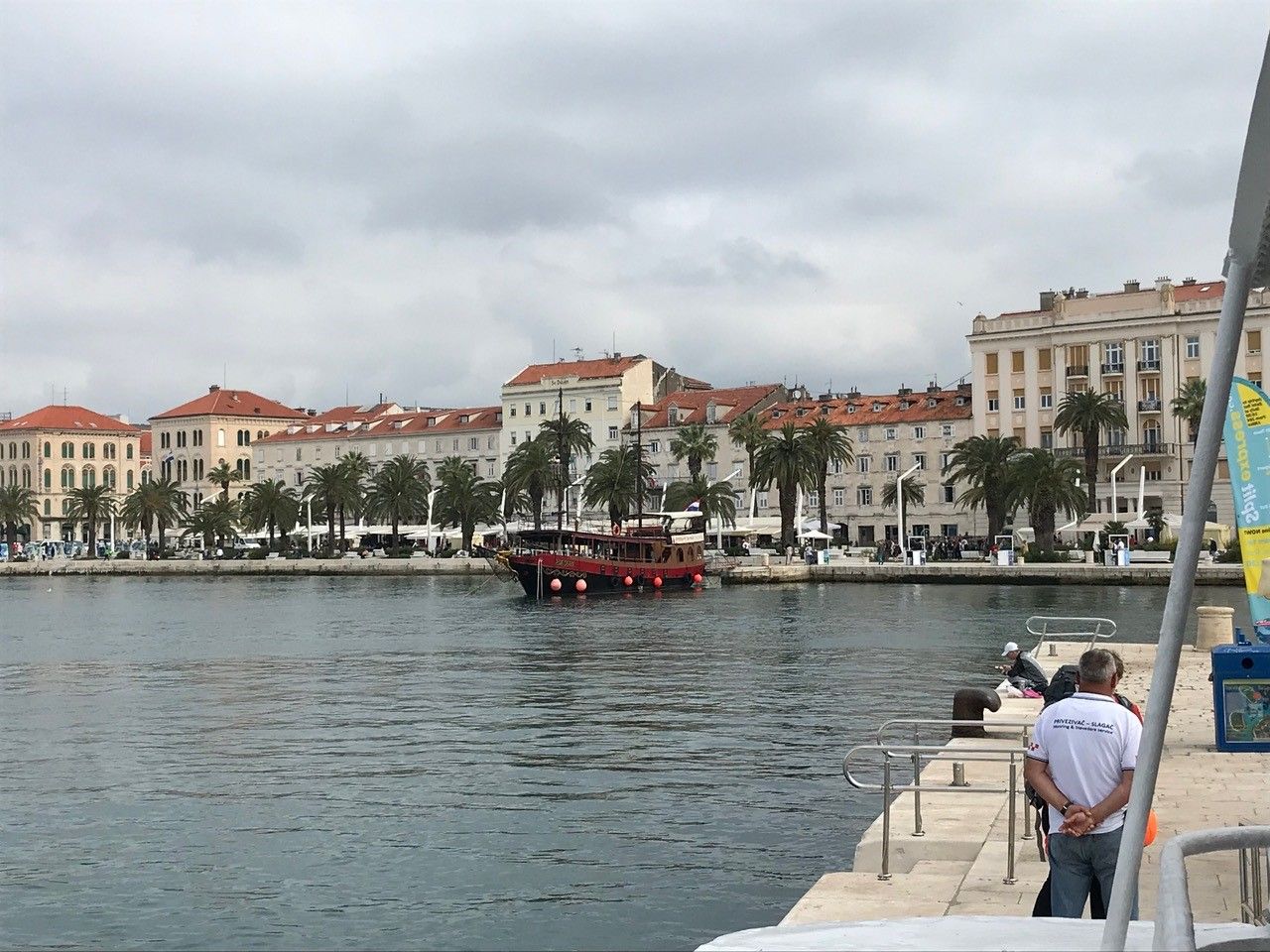
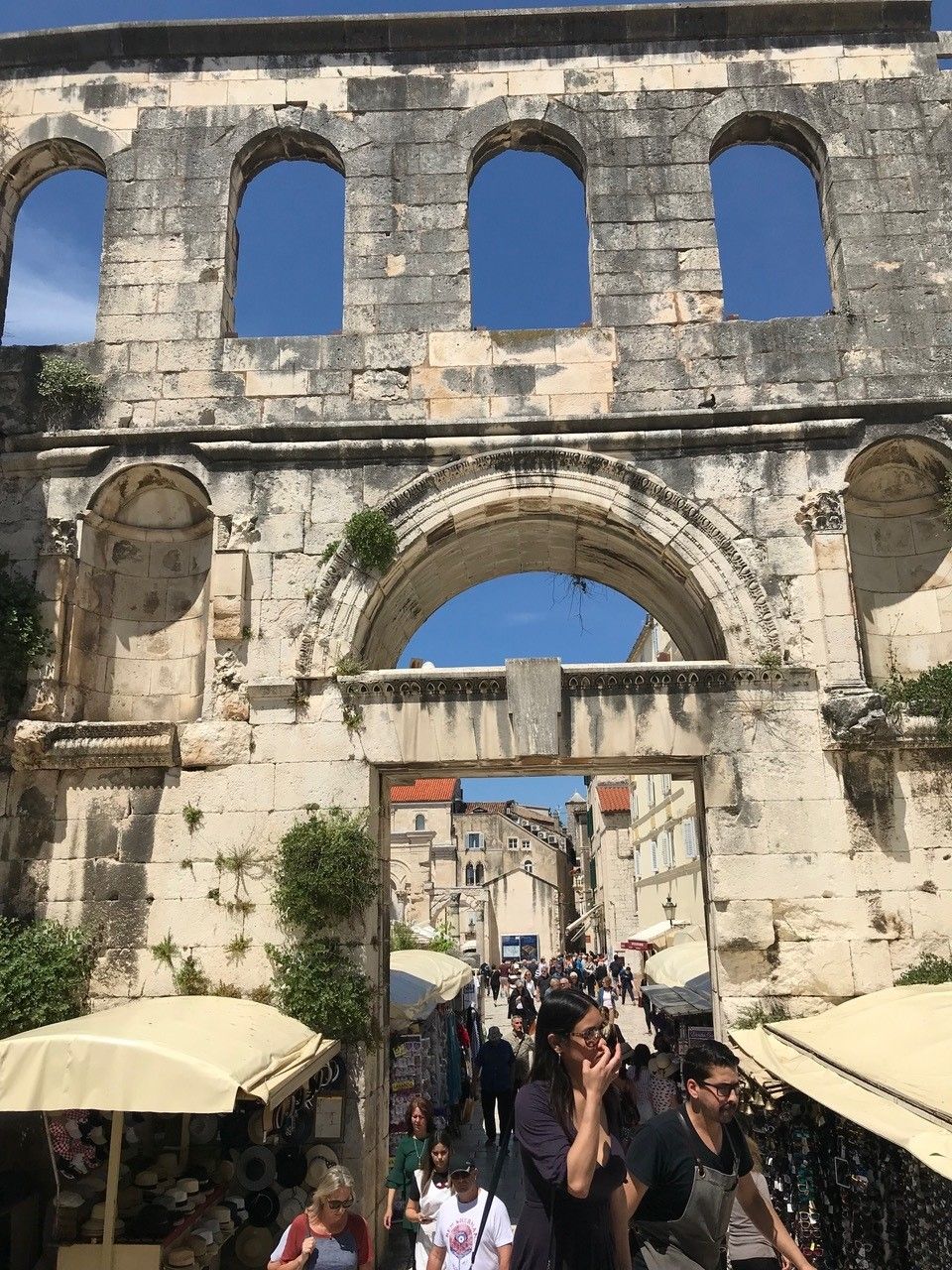
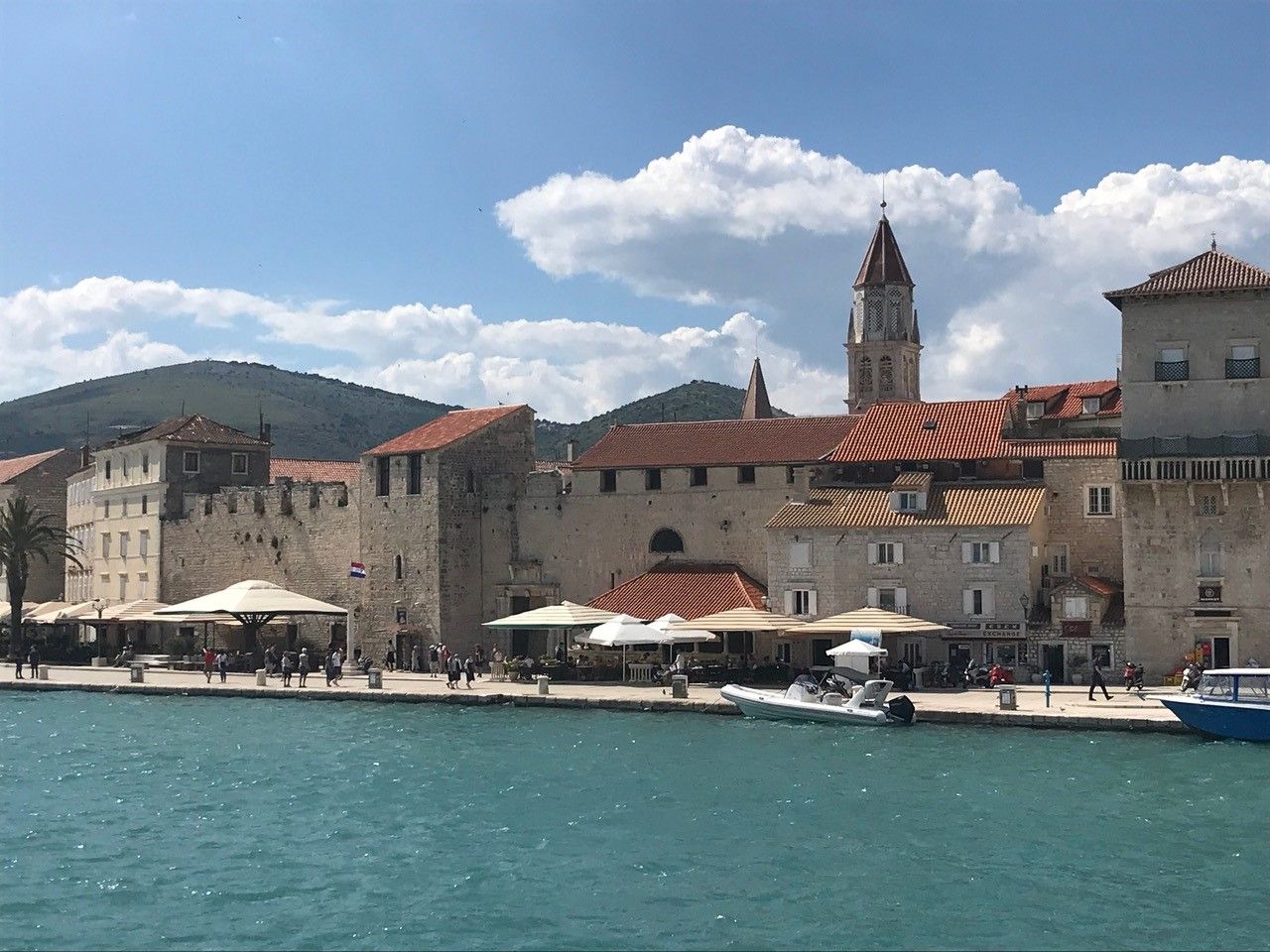
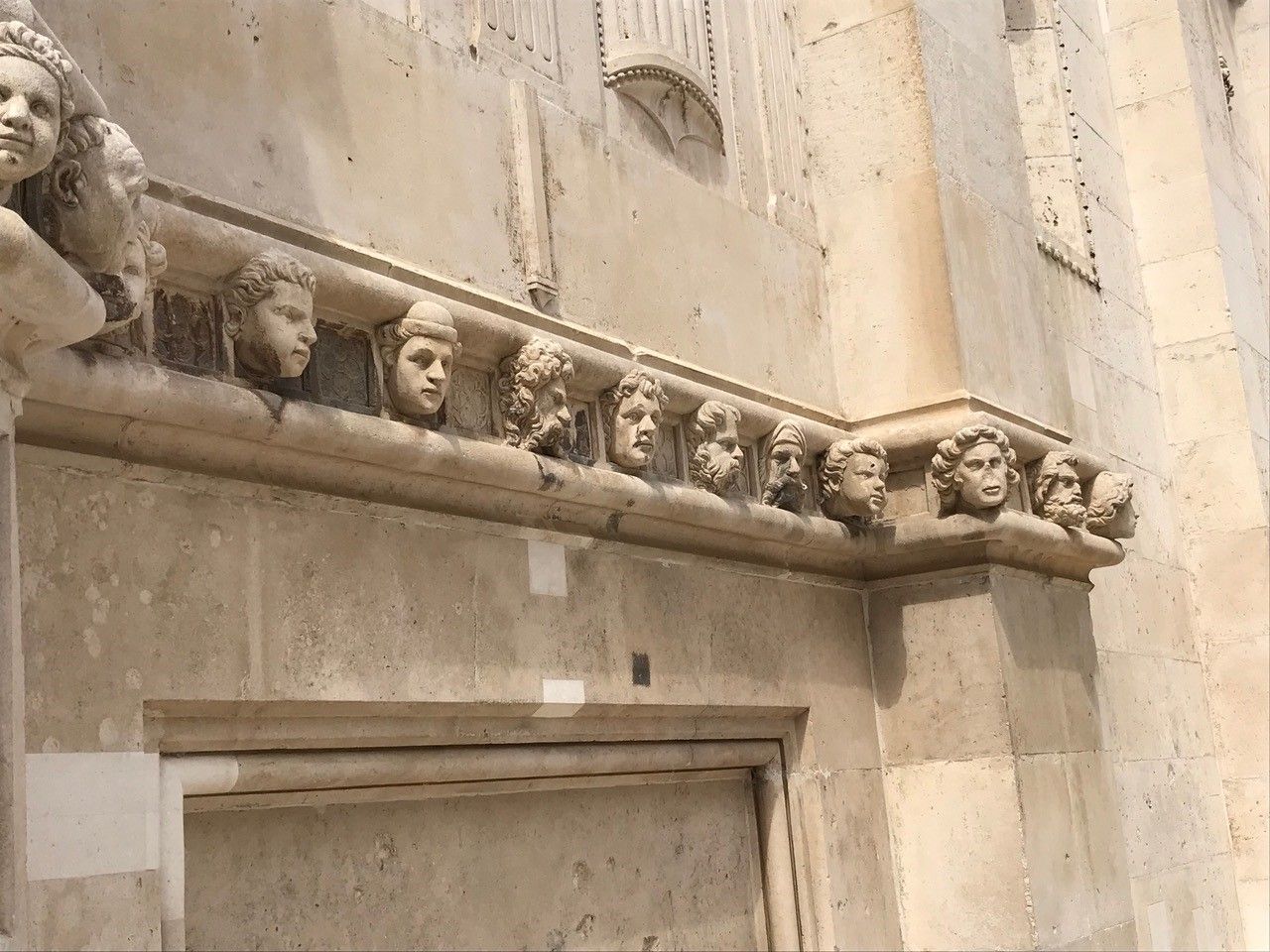
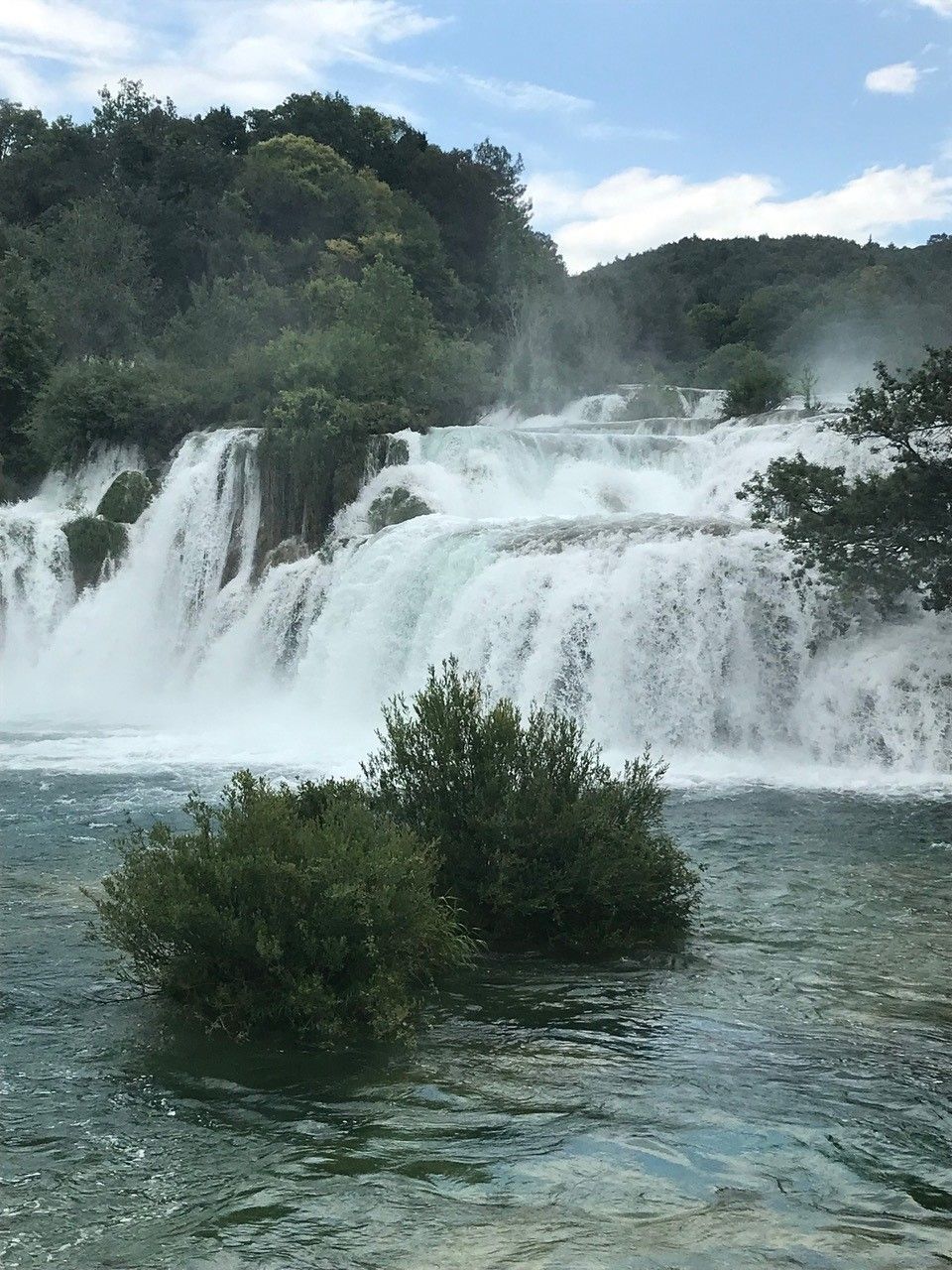
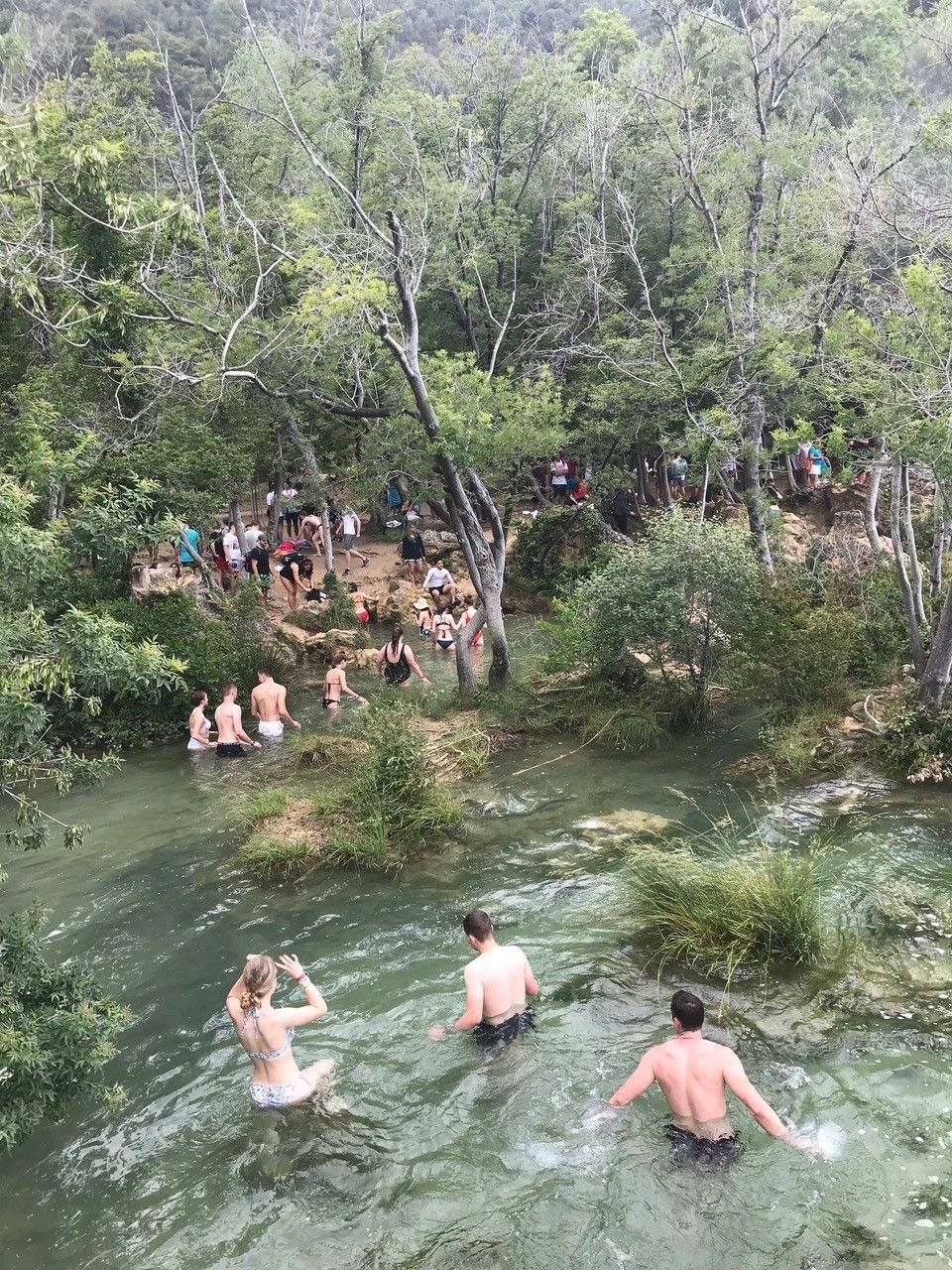
Photo 7: Bathing tourists at the waterfall in Krka National Park
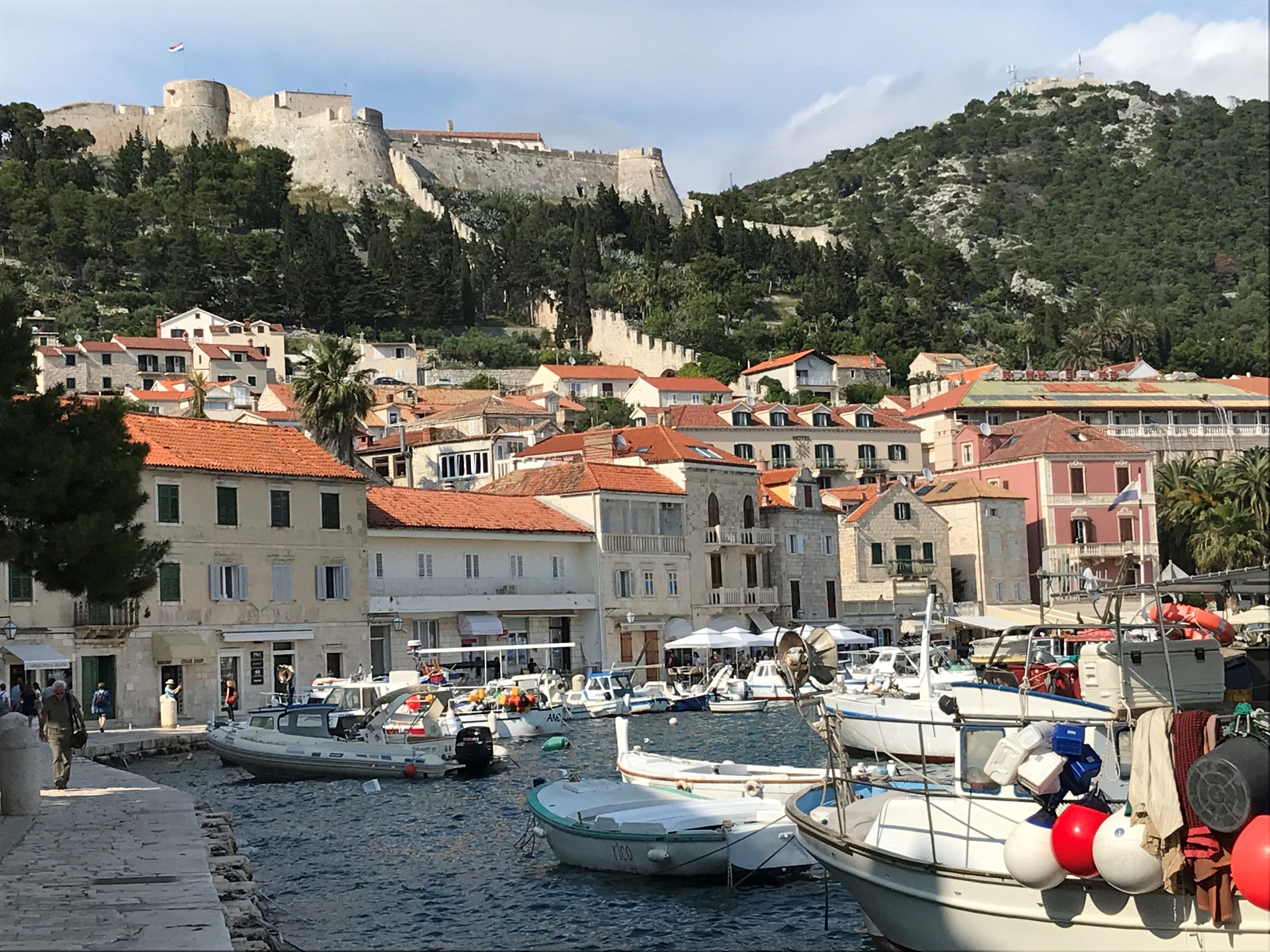

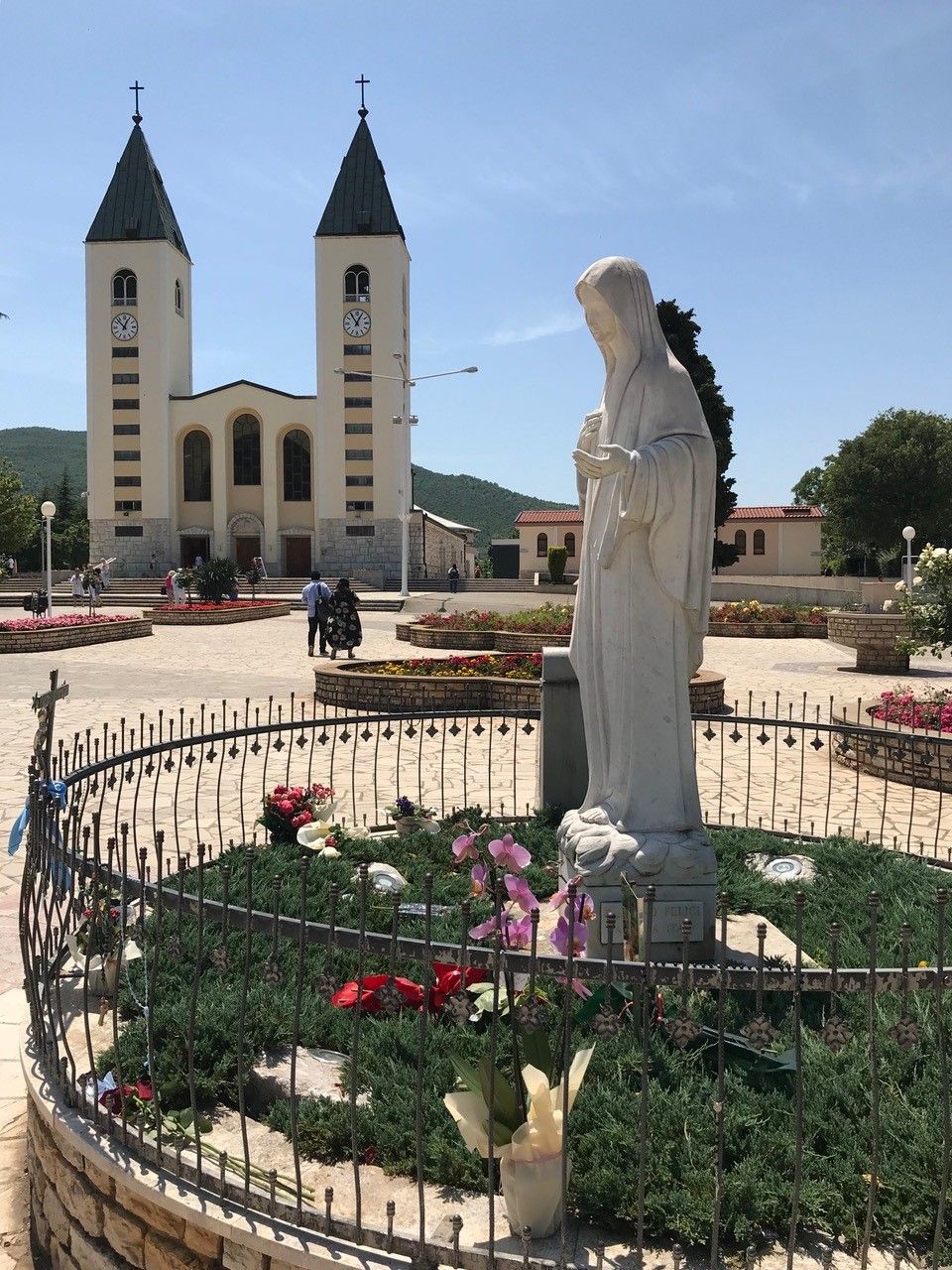
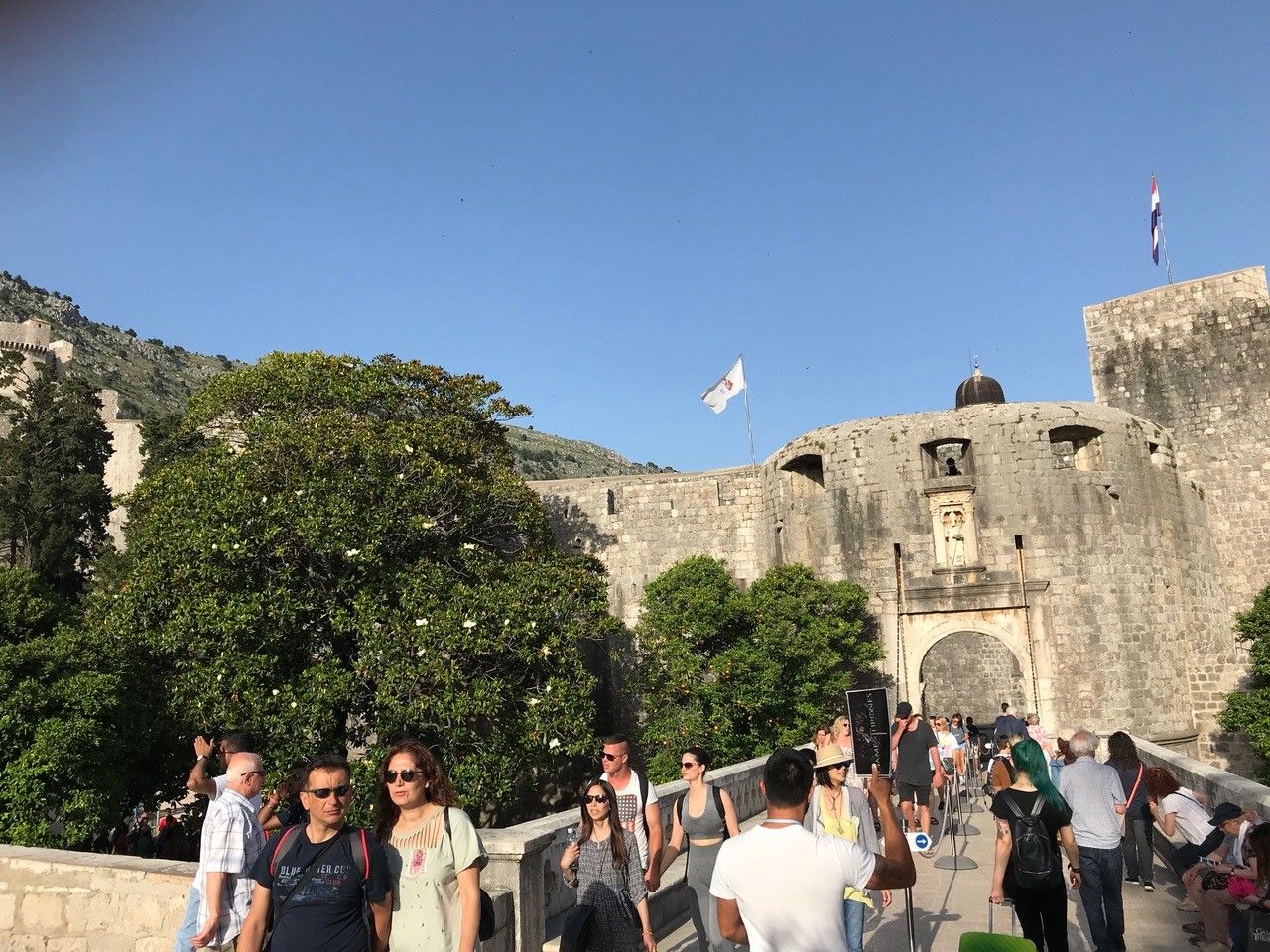
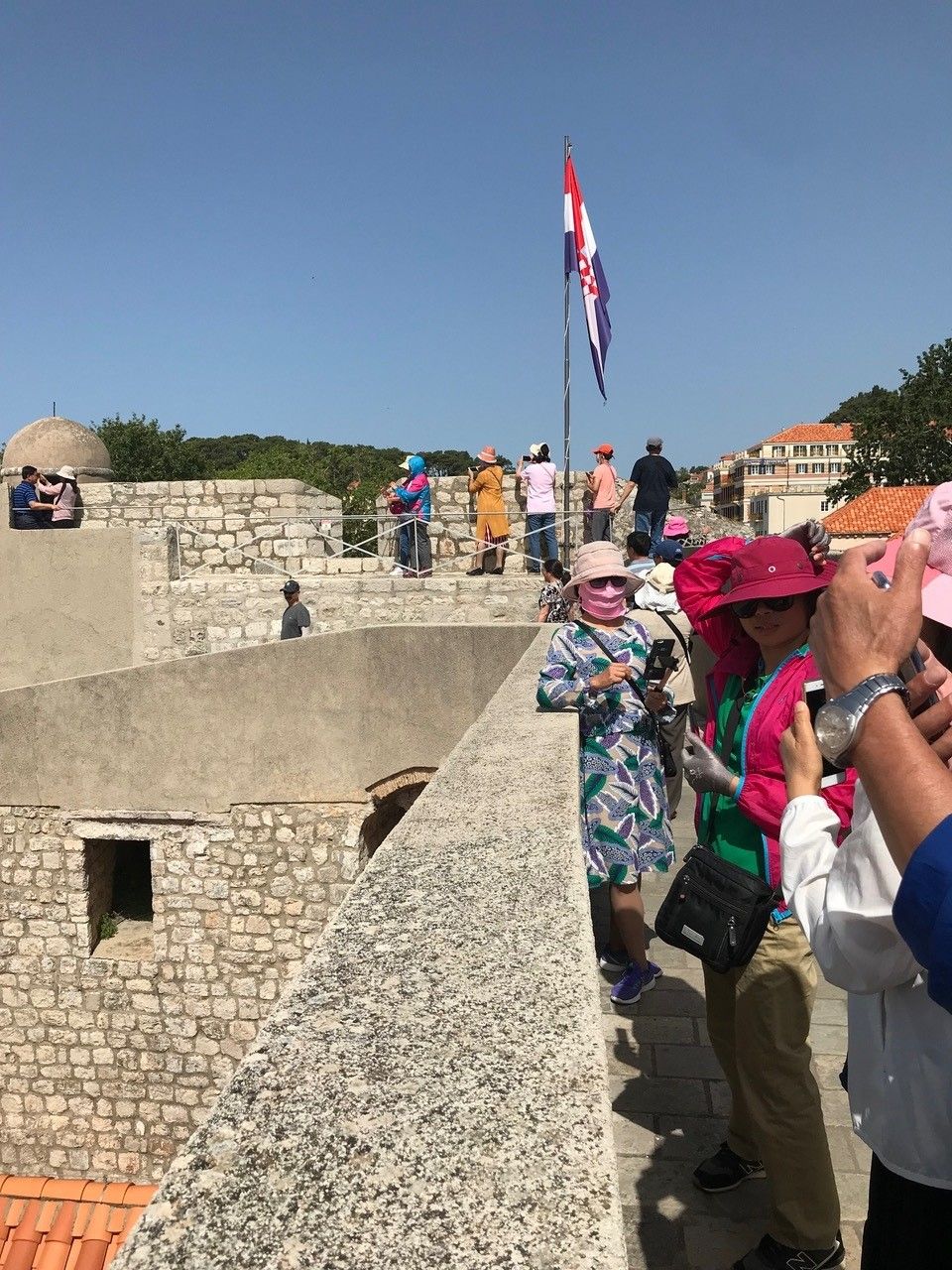
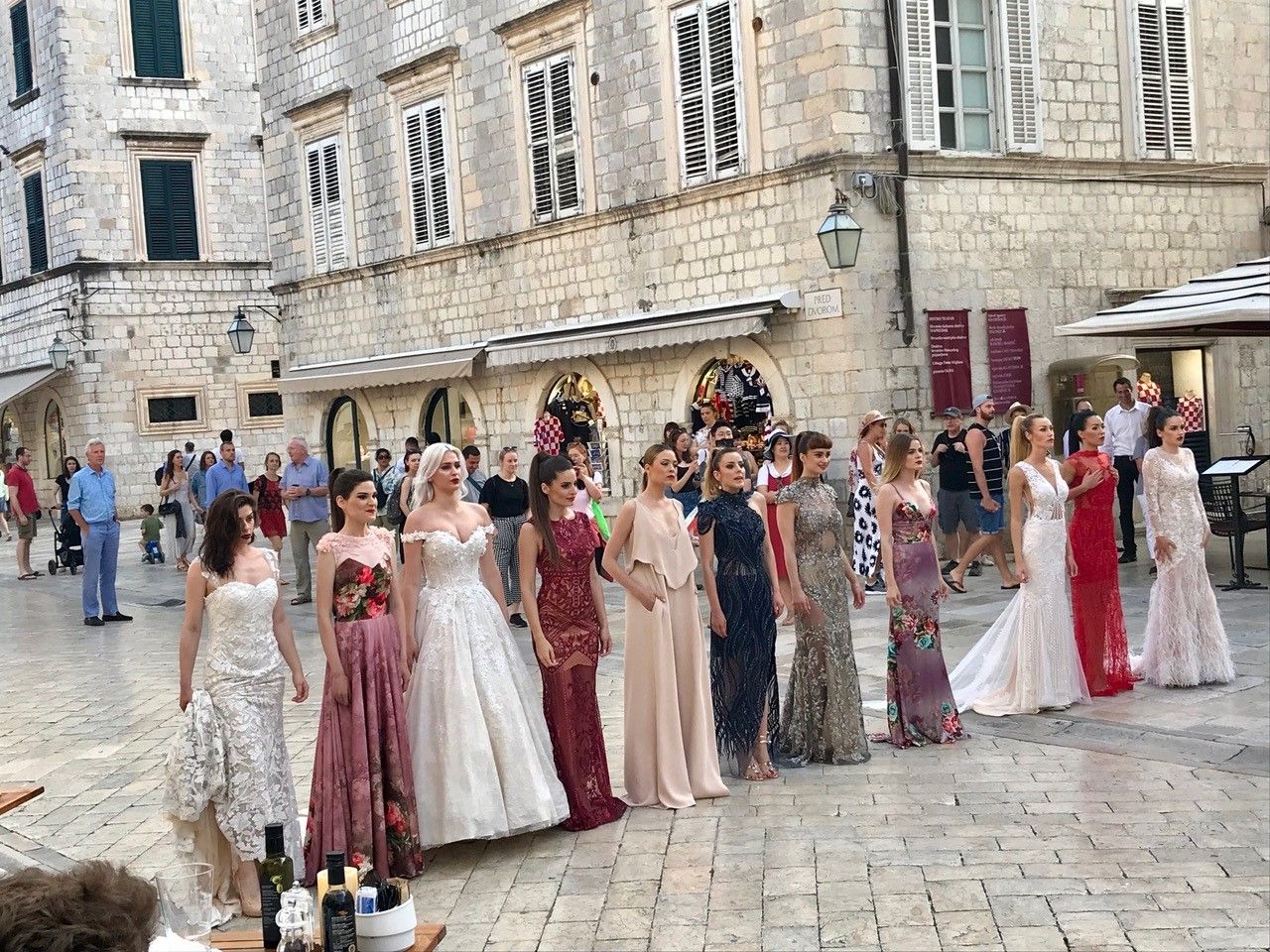
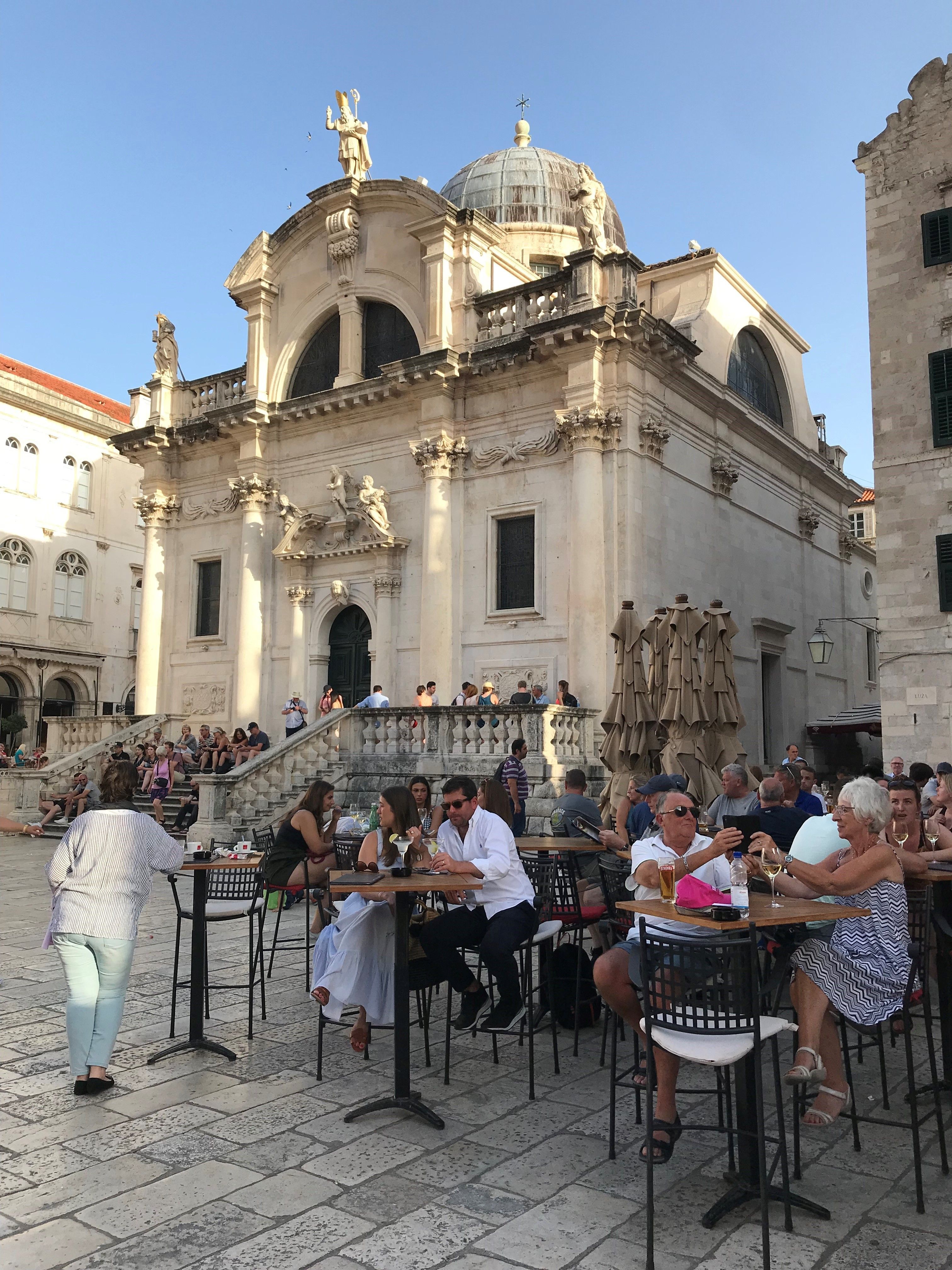

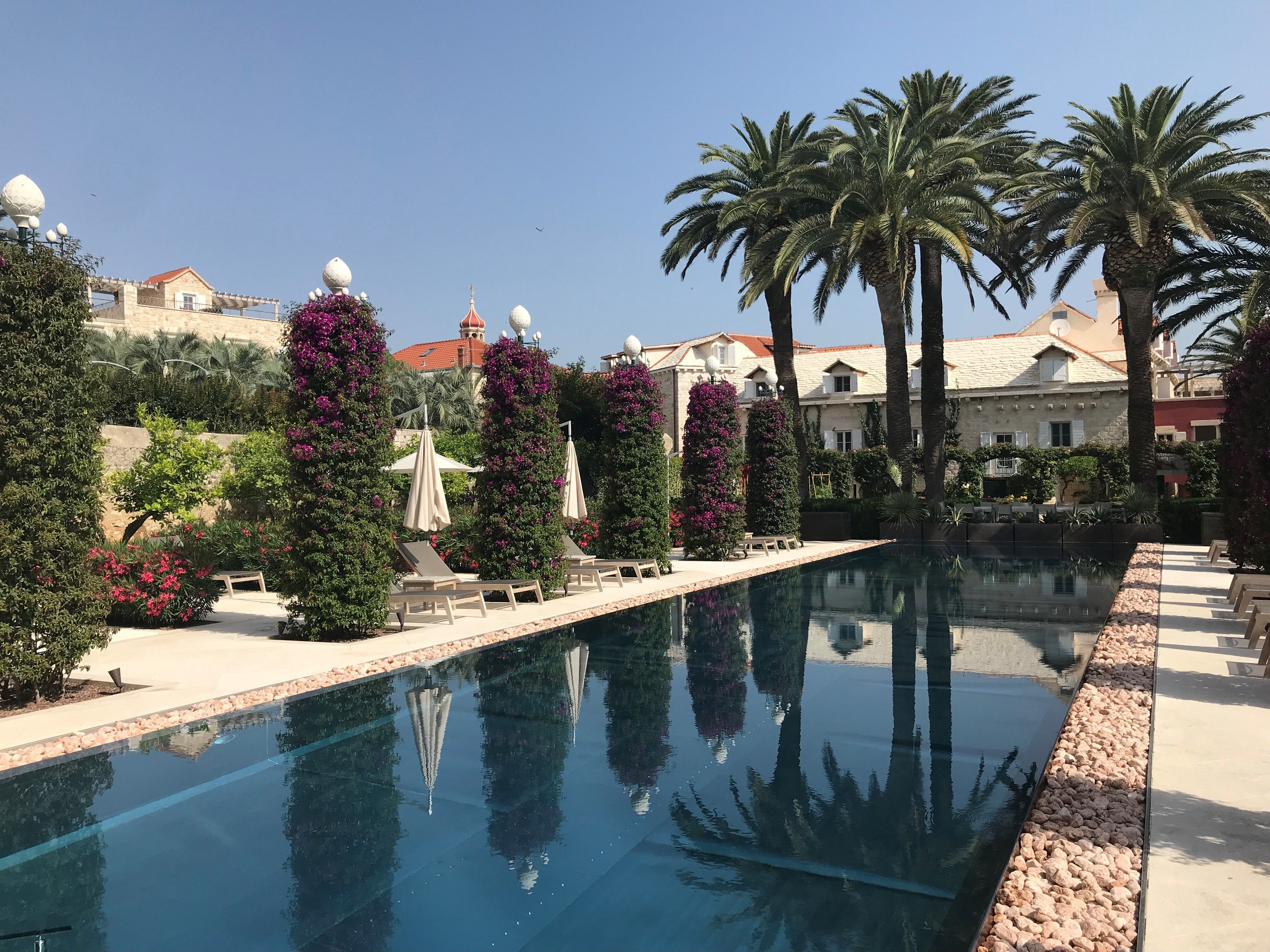

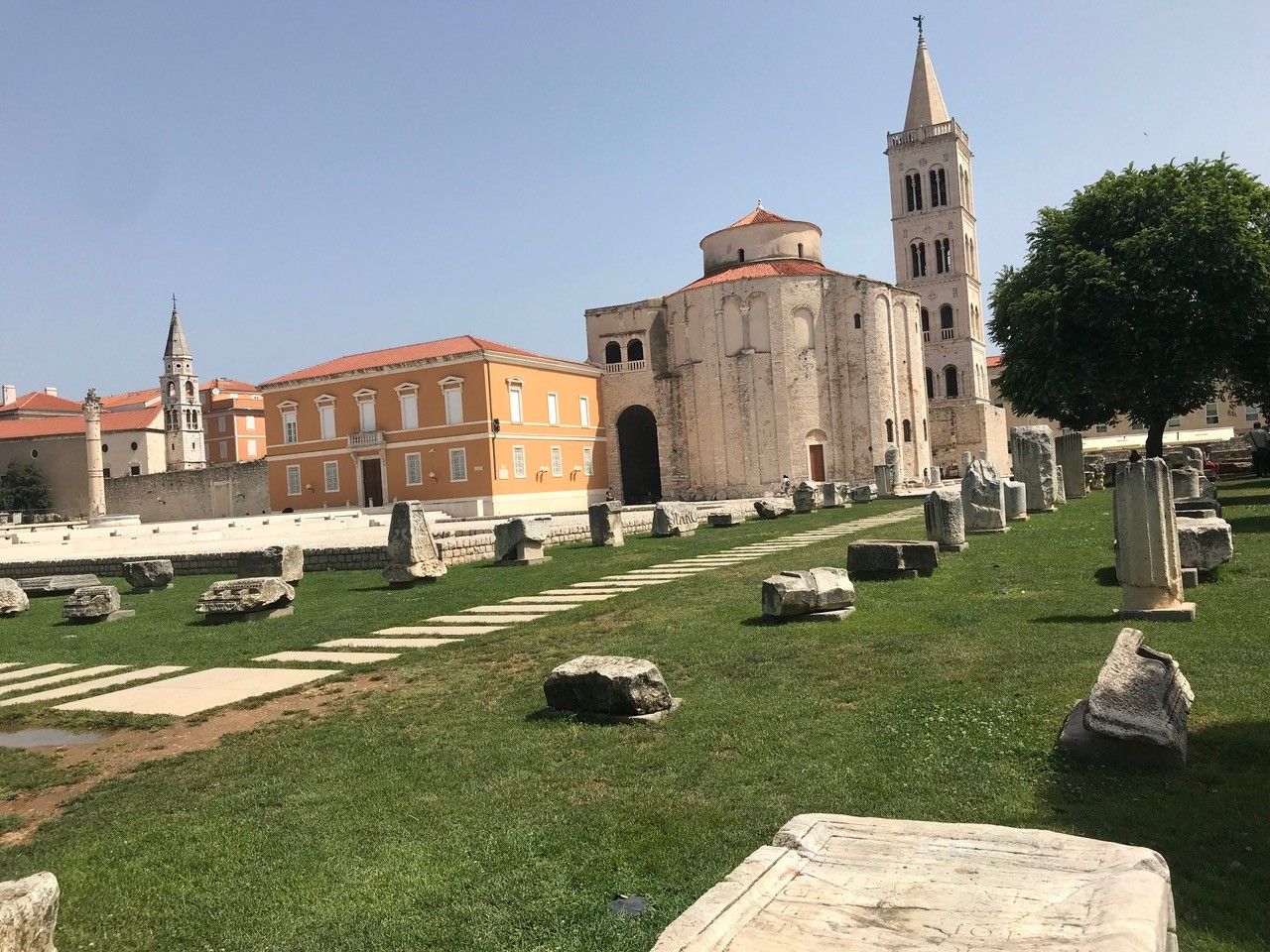
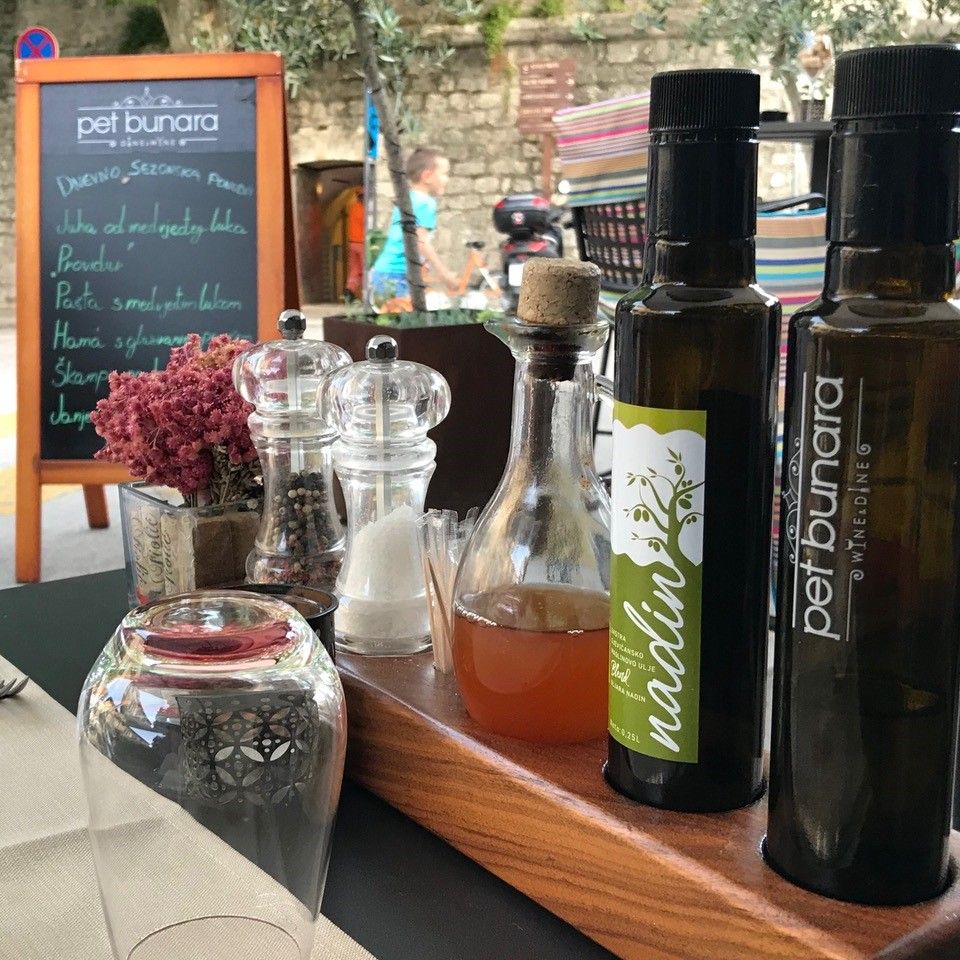
Stretching for over 1,000 miles along the Adriatic, the Croatian Coast combines Venetian history, Roman ruins, and hundreds of islands scattered across turquoise seas. I – Ullrich H. Angersbach – traveled the coastline from Dubrovnik to Istria, discovering walled towns, ferry rides, and some of Europe’s most inviting beaches.
What struck me most was the mixture: ancient cathedrals, lively seaside cafés, and islands where olive groves and vineyards meet crystal-clear bays.
For US travelers: Croatia is now a full member of the Schengen Area (since 2023) and uses the Euro. US citizens can visit visa-free up to 90 days. By 2025, ETIAS authorization will be required. Passport validity of 6+ months is recommended.
Arrival & First Impressions
From the US, most flights connect via Frankfurt, Vienna, or London to Dubrovnik (DBV) or Split (SPU). Summer is busiest, but shoulder seasons (May–June, September–October) are ideal: fewer crowds, lower prices, mild weather.
The Adriatic Sea is incredibly clear—locals joke you can count the pebbles at the bottom. Ferries link the islands, and renting a car allows exploration of inland villages and mountain roads.
Costs (USD approx.):
- Coffee by the harbor: USD 3–4
- Dinner at a konoba (local tavern): USD 15–25 per person
- Mid-range hotel: USD 100–150 per night
- Ferry ticket to nearby islands: USD 5–15
Dubrovnik – the Pearl of the Adriatic
Dubrovnik is a city of stone walls and sea views, familiar to many as a filming location for Game of Thrones.
- Old Town walls: a full circuit (2 km) with views of red-tiled roofs and blue sea.
- Stradun Street: main promenade, polished smooth by centuries of footsteps.
- Fort Lovrijenac: historic fortress offering panoramic views.
- Cable car to Mount Srđ: best sunset spot over the city.
US tip: Dubrovnik is crowded in July–August. Consider early morning walks for peace. Entrance to the walls is ~USD 35, but it’s worth every step.
Split – Roman heritage & modern rhythm
Split is Croatia’s second city, built around the remains of a Roman emperor’s palace.
- Diocletian’s Palace: UNESCO-listed complex of alleys, shops, cafés built into 1,700-year-old walls.
- Peristyle Square: Roman columns meet lively cafés.
- Seafront promenade (Riva): locals stroll at sunset.
- Marjan Hill: green escape with hiking trails and sea views.
Practical note: Split is a hub for ferries to Hvar, Brač and other islands—perfect base for island-hopping.
Istria – Italy’s neighbor with a Croatian soul
The Istrian Peninsula in northern Croatia blends Venetian influence with Mediterranean life.
- Pula Arena: Roman amphitheater, remarkably preserved.
- Rovinj: romantic harbor town with pastel houses and church tower.
- Wine & truffles: Istria is famous for both—try them in rustic taverns inland.
Islands – Adriatic dreams
With over 1,000 islands, Croatia invites endless exploration.
- Hvar: chic island with lavender fields, vineyards, and nightlife.
- Korčula: birthplace of Marco Polo, with medieval walls and quiet coves.
- Mljet: national park with saltwater lakes and monasteries.
- Brač: home of Zlatni Rat, a shifting pebble beach shaped like a horn.
Health & Safety for US Travelers
- Vaccinations: No special requirements. Keep routine shots up to date.
- Water: Tap water is safe everywhere.
- Medical care: Modern facilities in cities; carry travel insurance.
- Safety: Croatia is one of Europe’s safest countries. Petty theft possible in crowded tourist zones.
- Heat: Summer sun is intense—pack sunscreen and hats.
Practical Travel Tips
- Best time: May–June, September–October. Summer (July–August) is peak season.
- Transport: Buses link towns; ferries connect islands. Car rental gives freedom inland.
- Language: Croatian is official, but English is widely spoken.
- Currency: Euro.
- Power: 230V, Type C/F plugs—bring adapter.
- Food: Try black risotto (cuttlefish ink), fresh fish, grilled lamb, olive oil, and local wines.
Conclusion: A coast of many faces
The Croatian Coast is not just beaches—it is history carved in stone, traditions carried by fishing boats, and islands that invite discovery. For US travelers, it combines Mediterranean relaxation with affordable prices and easy access via European hubs. The Adriatic is a sea you’ll want to return to.
Recommended Reading (English)
- Lonely Planet: Croatia – essential guide.
- Robert D. Kaplan: Balkan Ghosts – historical context.
- Fodor’s: Essential Croatia – practical and cultural tips.
More Travel Reports by Ullrich H. Angersbach
Disclaimer
This report reflects my personal impressions of the Croatian Coast. Ferry schedules, entrance fees and conditions change seasonally—always check locally or online before traveling.
About the Author – Ullrich H. Angersbach
I, Ullrich H. Angersbach, enjoy coastlines where ancient and modern life meet. Croatia impressed me with its walled towns, sunlit harbors and island variety. I write for US travelers who want history, sea, and simplicity together.
Copyright
© 2025 Ullrich H. Angersbach. All rights reserved. No reproduction or distribution without written consent.
Ullrich Angersbach – Graduate in Business Administration, Asset Manager, and Marketing Coach for Fund Management Companies
Ullrich Angersbach completed his studies in Business Administration at Ludwig-Maximilians-Universität Munich in 1979, graduating as a Diplom-Kaufmann (equivalent to a master’s degree in business administration). His thesis, “Das Bauherrenmodell – Eine Information für Kapitalanleger und Anlageberater” (The Builder Model – Information for Investors and Investment Advisors), was published the same year and dealt with the tax aspects of real estate investments.
After graduation, he worked for many years in an independent asset management company, including two years in the United States. He later headed a family office in Switzerland and subsequently took on responsibility for establishing an international sales organization for fund investments offered exclusively to qualified investors.
Since 2008, Angersbach has been working as an independent marketing coach, supporting fund management companies with his many years of professional experience and publishing specialist articles. In addition, he writes about his private travels.
At the end of 2016, he became acquainted with the non-profit organization EinDollarBrille e.V. / OneDollarGlasses, where he has since been engaged as a volunteer.
© 2025 | ullrich-angersbach.de